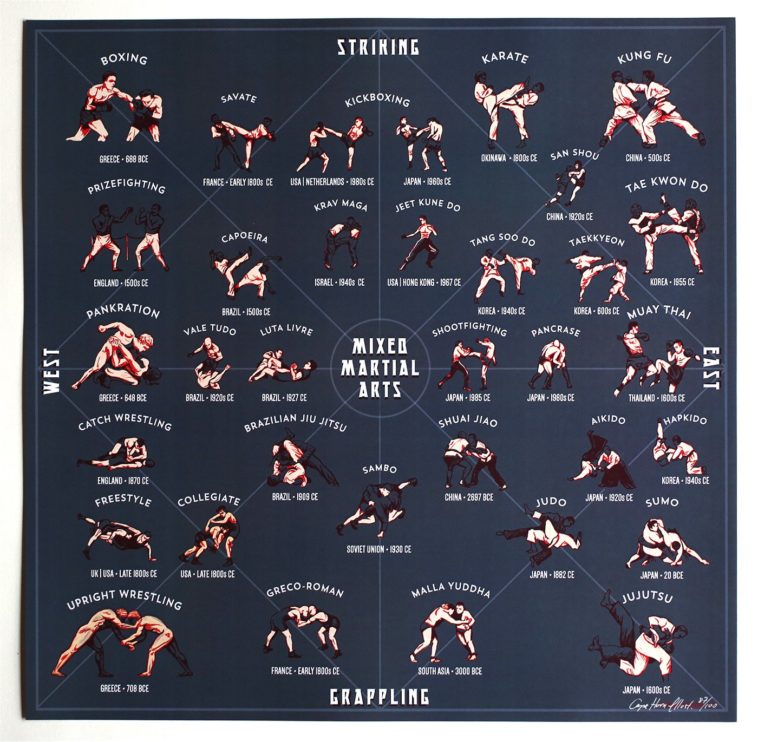Comprehending The Essential Differences In Between Traditional Martial Arts And Modern Battle Sports
Comprehending The Essential Differences In Between Traditional Martial Arts And Modern Battle Sports
Blog Article
Article By-Skovbjerg Snedker
When you consider martial arts, do you lean a lot more towards the typical practices or the modern-day combat sports? Each course uses special benefits and experiences, formed by their approaches and training techniques. Conventional martial arts stress personal development and self-control, while contemporary battle sports focus on competitors and performance. Recognizing these distinctions can guide you in picking the right strategy for your trip. Yet exactly how do these distinctions materialize in training and viewpoint?
The Philosophy and History Behind Traditional Martial arts
While lots of people associate martial arts with physical combat, the viewpoint and history behind conventional martial arts run much deeper. You'll discover that these disciplines highlight personal growth, technique, and respect.
Stemming from old methods, typical martial arts were commonly created for Self-Defense and spiritual growth. They embody principles such as balance, consistency, and self-constraint, directing experts beyond simple fighting skills.
As you train, you'll not only find out methods however also obtain understandings right into the society and values that shaped these arts. The rituals and practices, typically given through generations, cultivate a feeling of community and belonging.
The Competitive Nature of Modern Fight Sports
Modern combat sporting activities have actually transformed the landscape of martial arts into a very affordable arena, where professional athletes take on in an examination of skill, technique, and endurance.
You'll discover that competitors are usually organized with stringent guidelines and policies, guaranteeing justice and security. what is martial arts essay bring in big audiences, sustaining the excitement and strength of competitions.
Athletes train rigorously, not just for physical prowess yet likewise for mental strength, recognizing that every detail counts in the ring. The adrenaline rush throughout competitions is apparent, as competitors press their limitations to claim triumph.
Followers appreciate the athleticism and artistry entailed, making modern-day battle sporting activities a thrilling phenomenon that continues to evolve and astound lovers around the world.
Training Approaches and Techniques: A Comparative Analysis
The affordable ambience of contemporary combat sports needs cutting-edge training techniques that differ dramatically from conventional martial arts.
In modern-day training, you'll focus on specific methods, sparring, and conditioning, typically making use of drills that mimic genuine battle circumstances. https://jaredrbksb.blogitright.com/35188356/fostering-regard-and-sportsmanship-via-young-people-martial-arts-educating 'll see an emphasis on measurable performance and regular competitors to analyze your skills.
In contrast, traditional martial arts prioritize forms, katas, and thoughtful mentors, usually highlighting discipline and regard over competition.
Training is typically much less extreme and might include repetitive technique rather than real-time sparring.
While both strategies construct skill and physical fitness, contemporary combat sports provide a more vibrant and adaptable training setting, preparing you for instant challenges in the ring or cage.
Pick the course that lines up with your objectives and interests.
Final thought
In picking in between typical martial arts and contemporary combat sports, it actually boils down to what you value most. If Read the Full Guide looking for personal development, technique, and a sense of area, conventional arts might be your ideal fit. Yet if you prosper on competition and real-time obstacles, contemporary battle sporting activities could be the method to go. Inevitably, both courses offer one-of-a-kind benefits, so it's all about aligning your training with your personal goals and rate of interests.
